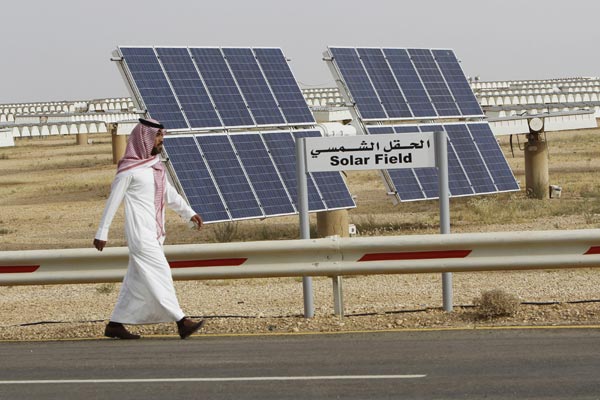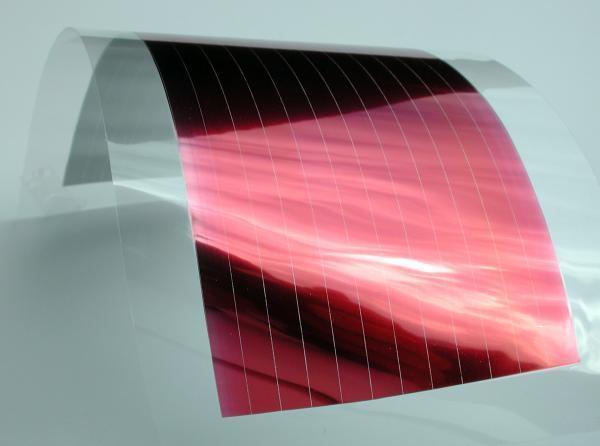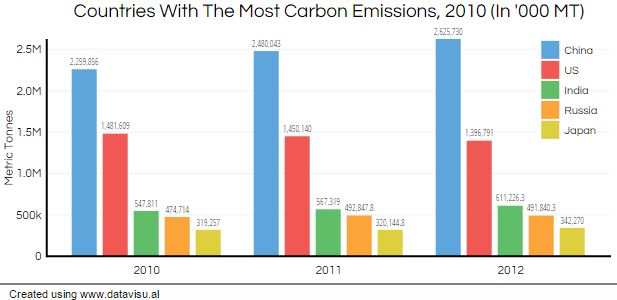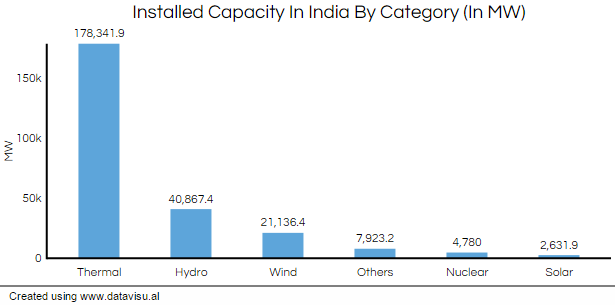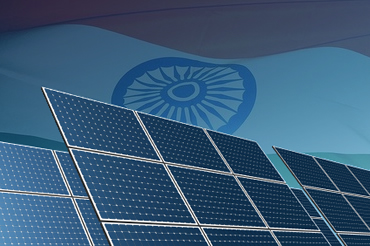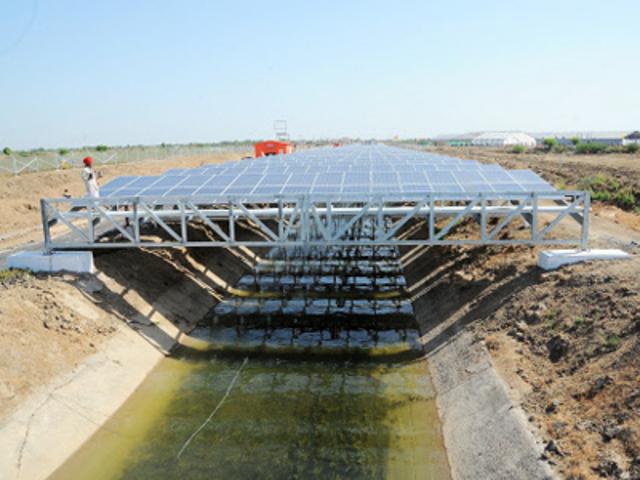Without giving any detail or making any specific grant, Obama said the U.S. will “stand ready to speed this advancement with additional financing.” The remark was made at a press conference on Sunday in New Delhi as Prime Minister Narendra Modi reiterated his aim for India to install by 2022 as much photovoltaic capacity as the U.S. has now.
India’s ambition would require $160 billion, according to Arunabha Ghosh, chief executive officer at the New Delhi-based Council on Energy, Environment & Water. It would spread solar panels across an area the equivalent of three times the size of India’s most populous city, Mumbai, and require the government to cut back on thickets of regulation holding up projects.
“Whether Modi can achieve the target hinges on funding,” Izumi Kaizuka, manager of the research division for RTS Corp., a Tokyo-based consulting firm for the solar energy industry, said by telephone today. “The pace of solar expansion has tended to be delayed even under the previous goal which was much lower.”
With a growing population increasingly vocal about pollution levels that rival the worst days in Beijing, India is racing to find ways to feed its spiraling energy needs without adding to greenhouse gas emissions.
Climate Talks
The solar program would help answer how India will reduce fossil-fuel pollution as the United Nations pushes all countries rich and poor alike to adopt targets in time for a climate summit in Paris in December. India’s emissions are the third highest in the world behind the U.S. and China.
In November, China joined the U.S. in pledging to cap carbon emissions under through the Paris process, raising the question of how India will address the issue. Modi built the solar industry in his Gujarat state before taking office in May and moved clean energy up the agenda for the nation since.
“For President Obama and me, clean and renewable energy is a personal and national priority,” Modi said.
His target is for India to have 100 gigawatts of solar power by 2022, the same amount as China is targeting for 2020. If the result is the same, India has a much bigger leap to make than its northern neighbor.
China vs India
China has 33.4 gigawatts of solar capacity installed now and custody of most of the top 10 panel makers worldwide. India has 3.3 gigawatts of capacity and no major PV manufacturers, according to Bloomberg New Energy Finance.
Though India may struggle to reach its solar goal, the government’s backing increases the prospect of success and, in any event, the target makes the country an attractive market, said Xie Jian, president of Chinese solar panel supplier JA Solar Holdings Co.
JA Holdings sees India as a key market, Xie said. His view is echoed by Shawn Qu, chief executive officer of Guelph, Ontario-based Canadian Solar Inc., who said in November during an interview in Wuxi, China, that he expects India to become one of the fastest-growing solar markets in the world.
Money remains an issue. For now, India is attracting a fraction of the funds heading to China, the U.S. and Japan, which were the largest solar markets last year.








